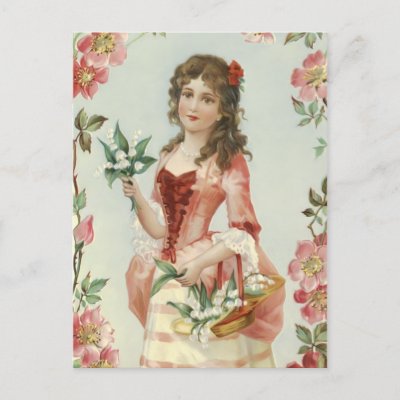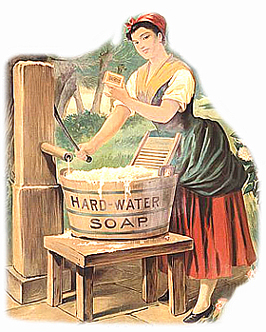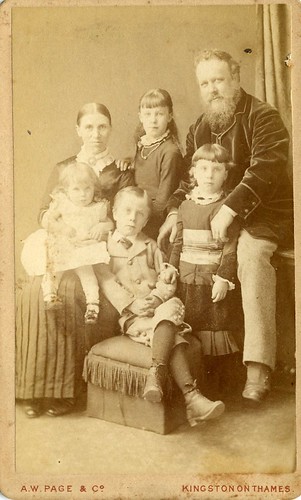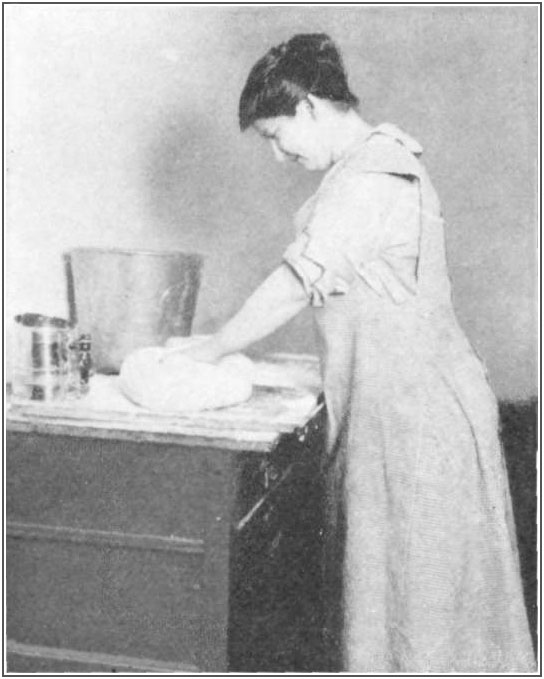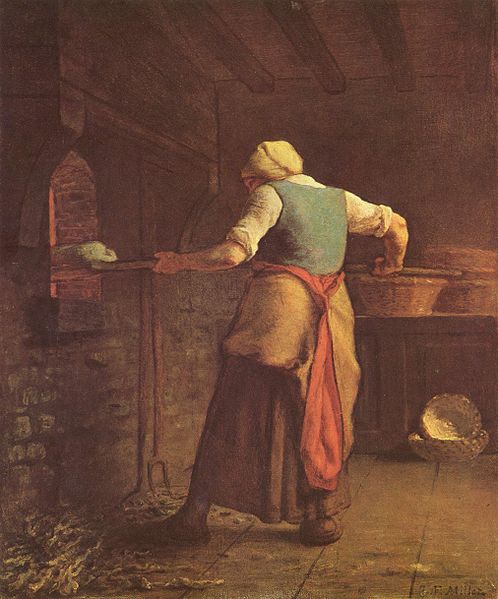~ How to lovingly minister the Rod ~
Compiled by: Teresa Haley 2013
What is a rod?
The rod is a little branch of a tree, sometimes called a switch. Rulers break. They cost money. Switches have a nice swoosh sound. One can use it softly with a tinge of pain or rather strongly, depending on the situation. Get a switch that bends easily not an old hardened or heavy one. Using plastic tubing does the same job.
The ROD in the Bible:
The following quotations come from the King James Version (KJV) of the Bible:
| Prov 13:24: “He that spareth his rod hateth his son: but he that loveth him chasteneth him betimes (diligently).” | |
| Prov 19:18: “Chasten thy son while there is hope, and let not thy soul spare for his crying.” | |
| Prov 22:15: “Foolishness is bound in the heart of a child; but the rod of correction shall drive it far from him.” | |
| Prov 23:13: “Withhold not correction from the child: for if thou beatest him with the rod, he shall not die.“ | |
| Prov 23:14: “Thou shalt beat him with the rod, and shalt deliver his soul from hell (Shoel).” | |
| Prov 29:15: “The rod and reproof give wisdom: but a child left to himself bringeth his mother to shame.“ |
An additional verse from the New Testament is occasionally cited as justification for physical punishment of children:
| Hebrews 12:6-7: “…the Lord disciplines those he loves, and he punishes everyone he accepts as a son. Endure hardship as discipline; God is treating you as sons. For what son is not disciplined by his father?“ |
Parenting Principles
- Chastisement is the bringing of pain to a child to bring him to compliance from the heart.
- A father is responsible for the overall process of training the child.
- Using the rod is a crucial part to bringing up godly children.
- We need to keep the boundaries (rules) and consequences clear before chastising.
- We should not chastise in public.
- After chastising a child, a parent should lovingly talk with the child.
A few definitions to consider:
Instruction: Instruction is the verbal and sometimes physical persuasion used to urge a child to follow some course of action.
Discipline: Discipline is the whole training process by which you bring a child to obedient action.
Chastisement: Chastisement (or use of the rod) refers to the physical pain or discomfort that is inflicted to bring the child to an acceptable standard and change of behavior: spanking, switching
Disciplines: Disciplines as a noun describes a structure of behavior such as controlling time, eating or other good habits. “He is has good disciplines.”
Discipline and instruction in the Lord are needed to provide the training that the child needs to learn how to be ‘other-focused.’ They need to know how to suppress the urge to satisfy their own desires. The rod works wonders by using pain to cause the child to restrain himself from expressing the desires that might offend another, i.e.: taking a toy that belongs to his friend. The instruction not only guides the child but as he gets older helps him adopt these principles for himself. This is the goal for instilling self-control in our child.
God does not let His children wander away. He gives them special care to keep them on the right track. Just as God disciplines His children, so a father is expected to chastise his children. The love of the father compels him to use the rod on the child. Discipline is rigorous work. One needs to stay on top of things. The faithful father does this because of his love for that child. Isn’t it sad to see a child acting without self-control?!
Pain’s Reward (12:6)
If it doesn’t hurt, it doesn’t work.
AND HE SCOURGES EVERY SON WHOM HE RECEIVES.” (Hebrews 12:6)
We don’t pretend that certain aspects of discipline don’t hurt. In fact, the word ‘scourge’ is very strong and indicates that at times, chastisement needs to be very painful to accomplish its goals.
Do not hold back discipline from the child, although you beat him with the rod, he will not die. (Proverbs 23:13)
Although parents might feel that they are ‘damaging’ their child, chastisement brings about a greater good that could not otherwise be accomplished. The scriptures do not deny that the child will suffer if chastised, but only that it is temporary and he will not die. The scriptures do repeatedly acknowledge that the child will suffer without chastisement.
Some people avoid pain and conflict at all costs. These people will not be able to care for their children. The child must experience the pain associated with chastising to be properly trained. God has to train parents too!
Children desperately need their parents’ discipline.
But if you are without discipline, of which all have become partakers, then you are illegitimate children and not sons. (Hebrews 12:8)
If a child is not disciplined, then it shows that he is not part of the family. Ownership brings a sense of responsibility. The lack of discipline proves a lack of ownership. We understand that there are children that have parents that do not discipline them. This family is dysfunctional.
Fatherly Respect (12:9)
Here is the clear connection between discipline and respect.
Furthermore, we had earthly fathers to discipline us, and we respected them; shall we not much rather be subject to the Father of spirits, and live? (Hebrews 12:9)
When earthly fathers discipline their children, those children come to respect them. God the Father disciplines His children to create that same respect for Himself. The need for a child to respect his father is important. The means of getting this respect is also clear.
Discipline is hard work. Is it really worth it?
All discipline for the moment seems not to be joyful, but sorrowful; yet to those who have been trained by it, afterwards it yields the peaceful fruit of righteousness. (Hebrews 12:11)
Yes. We all know about the suffering moments, both parent and child. No one likes it. When one sees the result in a well-trained child, everyone is delightfully surprised. The scriptures describe it as ‘peaceful fruit of righteousness.’ This is our goal. This justifies the pain.
What can I do about worried neighbors?
Chastisement can be noisy! Neighbors sometimes get concerned when they hear your child screaming. They do not see your caring love nor your long-term plan.
It is essential that you start training your child when he is a baby. This will enable you to gain the child’s respect your ‘no’ very early This will not eliminate the need for chastisement, but it will greatly limit it.
We have trained our children, especially the loud criers, to cover their mouths when they cry. It works!4 We also do not tolerate extreme crying or yelling. Yelling is an expression of rebellion. The child must be warned of it and, if necessary, also be chastised for his disobedience. Listen carefully to your child’s cries to discern the differences.
Choose to discipline in private places that absorb sound. If you live in apartments, flats or condos, choose the room away from the halls and with more insulation like a rug. You might cover an air vent for the brief moment. Walk-in closets are great.
When parents discipline their children in anger, they create hostile children. The parent shouts, and the child shouts back. The parent hits; the child yells. This is not is desired.
What should I do about my anger?
The parent will sometimes get angry at a child’s behavior. It will produce in the parent an urge to chastise the child. The problem is that if the parent himself does not have self-control, he will tend to yell and hit harder than he should. If you get angry, first quiet yourself down. While quieting down, have your child wait in the other room. Explain that you are angry but want to properly discipline him. He will much appreciate your gesture!
What about time-out?
The parent has many different ways of correcting our child, but rebuke and using the rod are the two basic. In many cases, talking to our children simply does not change their attitudes. Nothing can completely replace the biblical injunction to use a rod. Chastisement is not the only way to correct a child who has done wrong, but it is the only way to gain missing respect. Proper use of the rod cleanses the child’s guilt of wrongdoing and restores his respect for the parent. Then comes immediate and full reconciliation–just like it never happened.
Other methods like time-out are ineffective. Many methods fail completely because they do not restore the relationship or the parent is trying to avoid using the rod. Chastisement is necessary to chase away the foolish and rebellious heart of the child. We can use other tactics like restriction of liberties, rebuking, distraction, and other things to work in conjunction with using the rod.
How do you properly use the rod?
The rod is used for training as well as chastisement. When used for training, the switch helps make the child properly respond to the parent’s ‘no.’ Once the child makes the connection, the child will need much less chastisement. The initial fear is instilled in the child. In training, the rod is used immediately, but ever so softly with the tiny child. They are not usually being rebellious but just ignorant at what the parent wants. At 10 months our daughter would quite consistently listen to our ‘no’ (if she wasn’t distracted).
The most effective training takes place immediately following the offense.
In chastisement, the rod is used to inflict pain upon the child because he has clearly been disobedient. In these cases it is used for rebellion. There are two kinds of rebellion. 1) Open rebellion is when bad attitudes accompany disobedience. 2) Silent rebellion occurs when they only show their rebellion by their disobedient behavior.
Do children sometimes forget? Yes, but more often than not it is a cover up for their rebellion. Children sometimes do become forgetful, distracted, etc. We do not switch them for this. Instead, we should just warn them. But when we know they have clearly disobeyed us, we must use the rod.
In these cases, the rod can be struck against the backs of hands. Tell the child to place his hands down on a flat surface. The pain is equally distributed across the hand rather than focusing in on one spot. Spanking through thick pants is hard because one might not get a good spank in. In some cases one might overcompensate for the thickness of the pants and be too hard.
Remember, when using the rod for the first time, make sure you try it out on yourself first! This way you can better judge the pain. One does not need to be overbearing.
What about first-time obedience?
First-time obedience is when the child obeys the parent the first time they request something. In many cases, the parents warn their child again and again. They actually fool themselves by thinking they are helping the child by being tender. Instead they are confusing the child and will end up using the rod more than they would with first-time obedience.
Certainly, we should strive for first-time obedience. First-time obedience is obedience. Second-time obedience is disobedience. Let us think about this a bit more.
Once the parents warn the child, the child becomes accommodating to this warning. In other words, the child is no longer responding to the parent’s instruction to do something. They have learned that the parent will not take action until she starts raising her voice – probably after the third instruction. Why go through this process? It causes great friction in the relationship with the child.
Who is responsible to chastise the child, Dad or Mom?
God clearly sets the father in charge over the family. The fathers need to be responsible for the overall disciplining of their children. God, however, has called Mothers to be Dad’s top assistant. She must carry out discipline through the day to be constant and effective.
At times, mothers get too emotionally involved in the child’s feelings. If a father sees this, he should step in and finish carrying out the chastisement.
The Parent’s Part
Here are a few things to pay attention to when implementing changes with your children. Remember that these instructions are age-related.
o Speak directly to the child; face to face.
o Make him say back to you what you said.
o Make sure you are really going to carry through on what you said.
o Don’t forget to check and see if you are setting a good example.
Blessing upon you as you raise your children in the fear and admonition of the Lord
Teresa Haley



















